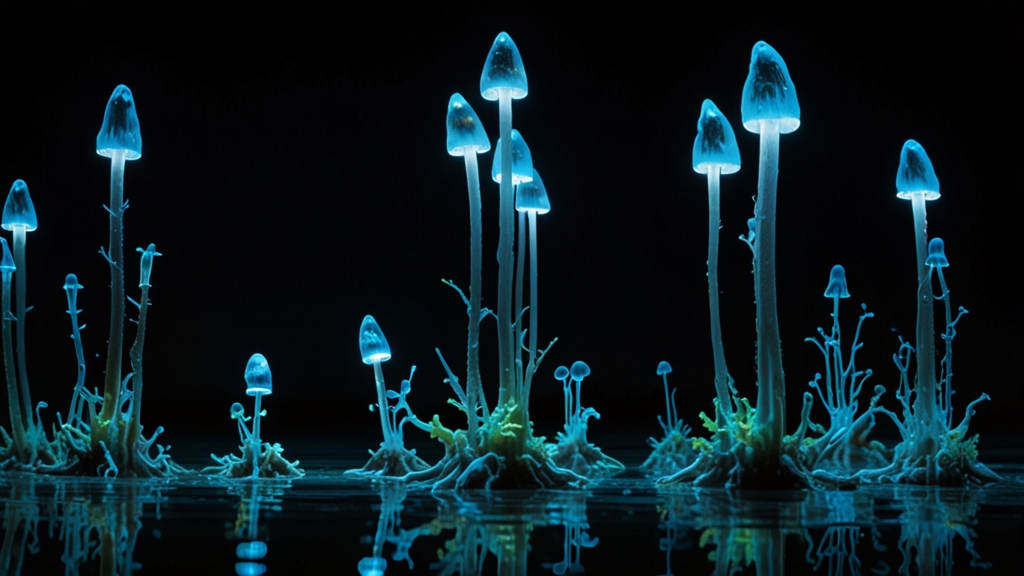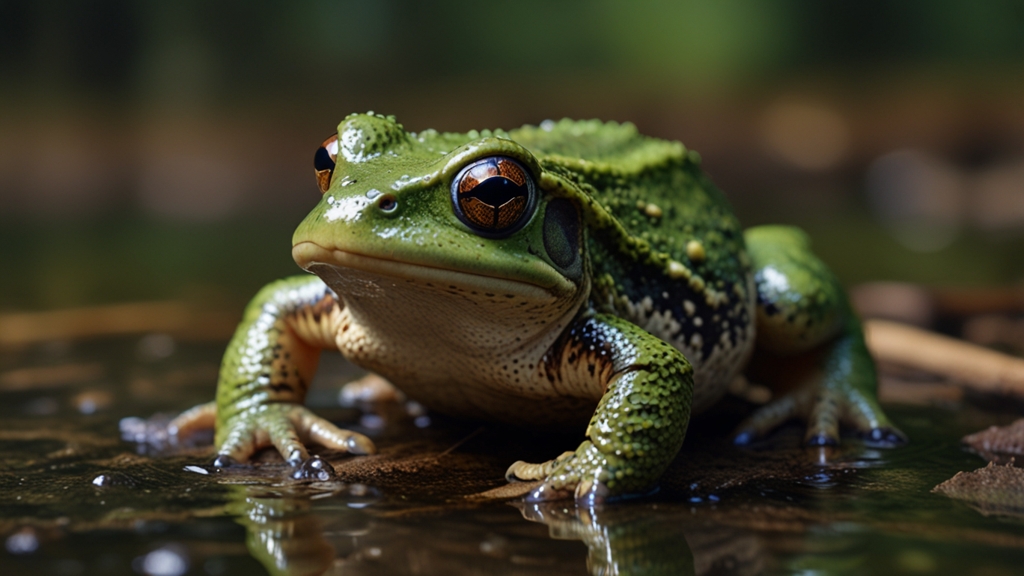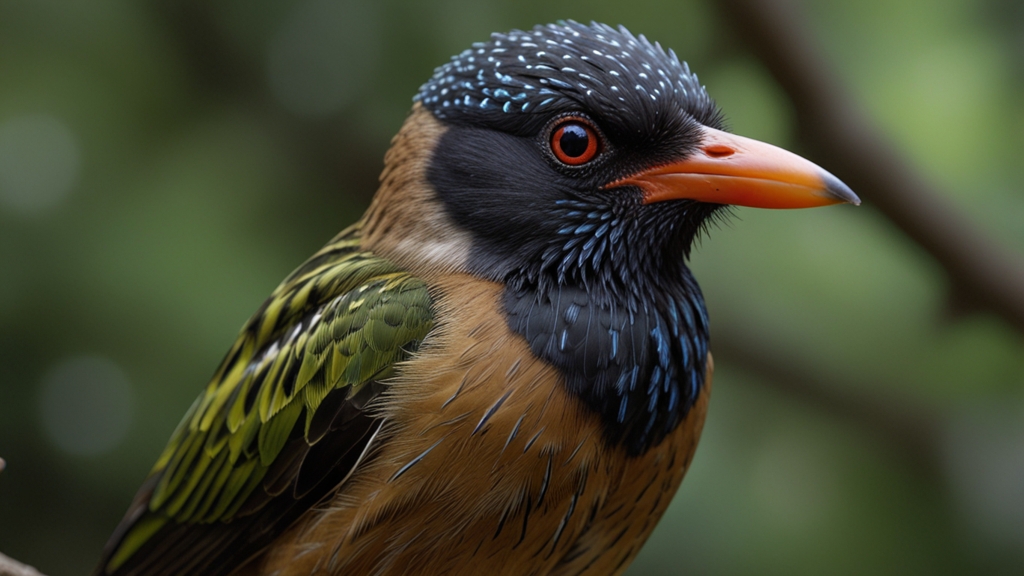The Hidden Power of Bioluminescence: Nature's Glow-in-the-Dark Wonders
In the vast realms of nature, bioluminescence stands as one of the most mesmerizing phenomena. From the depths of the oceans to the darkened forests, this natural glow-in-the-dark marvel represents not just aesthetic beauty but also a wealth of scientific intrigue and ecological significance.
What is Bioluminescence?
Bioluminescence refers to the ability of living organisms to produce and emit light. This light is generated through a biochemical reaction involving a light-emitting molecule called luciferin and an enzyme known as luciferase. When these two components interact in the presence of oxygen, they produce light.
This natural glow is more common than one might think, spanning a wide range of habitats and organisms. It is found in an array of creatures including fireflies, certain fungi, marine plankton, and deep-sea fish.
The Science Behind the Glow
The biochemical reaction that produces bioluminescence is fascinating in its simplicity and efficiency. Here is a simplified sequence of events:
1. Luciferin combines with oxygen in the presence of luciferase.
2. This reaction creates an excited intermediate, which then releases energy.
3. The energy is released in the form of visible light.
In many organisms, this light can be modulated both in intensity and periodicity. For instance, some marine organisms can produce flashes of light to communicate or deter predators, while others like fireflies use luminescence to attract mates in a complex courting ritual.
Ecological Roles of Bioluminescence
The glowing traits of bioluminescent organisms serve diverse ecological roles:
1. Camouflage: Some deep-sea fish use bioluminescence to blend in with the faint light trickling down from the surface, making them nearly invisible to predators.
2. Attraction: Fireflies utilize their bioluminescence in mating rituals, with each species having its unique light pattern to attract mates.
3. Communication: Certain marine animals employ light signals for synchronized swimming or hunting, ensuring coordinated group behaviors.
4. Defense Mechanism: Many organisms emit a burst of light to confuse or startle predators, giving them a chance to escape.
Bioluminescence in Science and Medicine
The scientific community has tapped into bioluminescence for a variety of groundbreaking applications:
Biomedical Research: Bioluminescent markers are used in medical research to track biological processes in real-time, offering invaluable insights into cellular functions.
Environmental Monitoring: Bioluminescent bacteria can be used to detect pollutants. When these bacteria are exposed to toxic substances, their light emission is altered, serving as an indicator of contamination.
Commercial and Aesthetic Applications: From glow-in-the-dark plants to aesthetic art installations, the enchanting glow of bioluminescence has made its way into multiple creative and commercial endeavors.
The Future of Bioluminescence
As research continues to unfold, the potential applications of bioluminescence seem almost limitless. Scientists are even exploring ways to harness bioluminescence for sustainable lighting solutions, potentially revolutionizing how we illuminate our world.
"Bioluminescence is not just a fascination for scientists, but also a glowing beacon guiding us toward innovative solutions in medicine, environmental science, and technology."
However, beyond its practical uses, the most profound impact of bioluminescence might be its ability to remind us of the incredible intricacies and wonders of the natural world. As we continue to explore and learn from these glowing organisms, we gain not just knowledge, but inspiration to better understand and preserve the world we live in.











